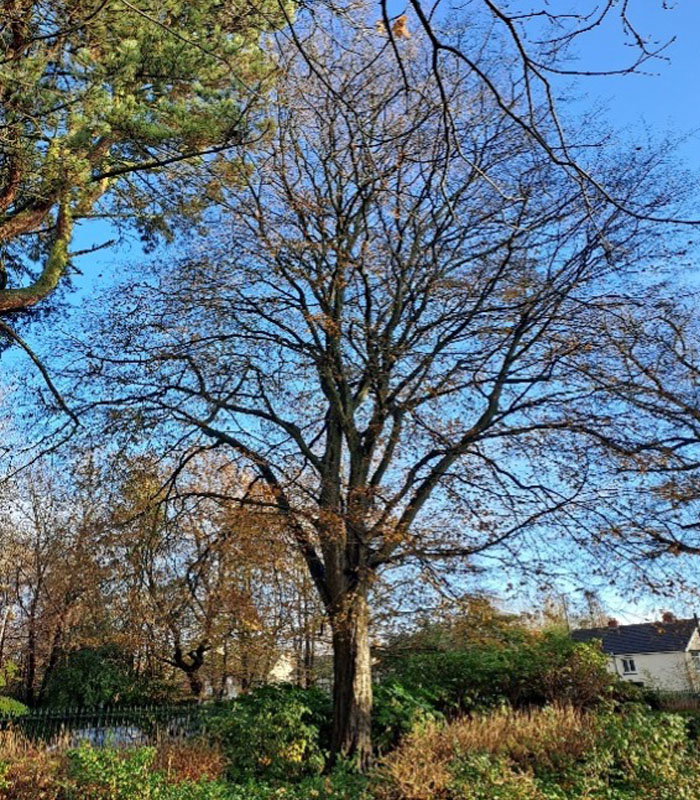
Botanical Name: Carpinus betulus
Common Name: Hornbeam
This native to Southern England has been widely used in the past due to its hard, close-grained timber that makes good firewood and charcoal. It can be recognised by the fruit that consists of a bunch of nutlets often persisting on the tree through the winter.
European hornbeam, with its historical uses and cultural significance, remains an important tree in both natural and landscaped environments.
20677